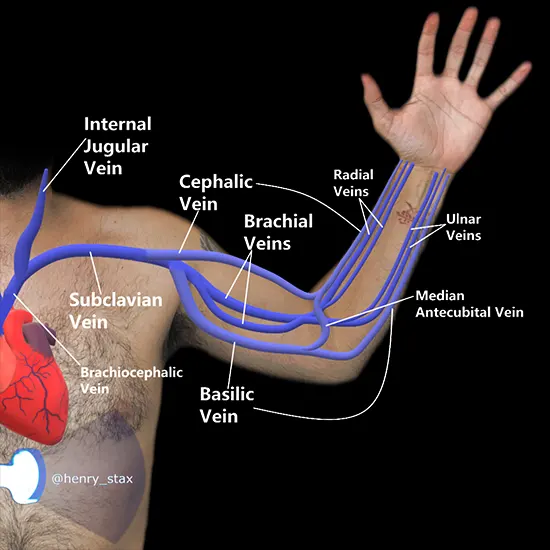
If you are experiencing pain or swelling in your arms, a Color Doppler ultrasound can help determine if there are any blood clots or other abnormalities in the arteries or veins.
Color Doppler ultrasound of the upper limbs is a non-invasive imaging test that uses sound waves to evaluate blood flow in the arteries and veins of the arms. Here are some indications for a Color Doppler ultrasound of the upper limbs:
Pain and swelling: If you are experiencing pain or swelling in your arms, a Color Doppler ultrasound can help determine if there are any blood clots or other abnormalities in the arteries or veins.
Numbness and tingling: If you are experiencing numbness, tingling, or other sensory changes in your arms, a Color Doppler ultrasound can help identify any vascular problems that may be contributing to these symptoms.
Monitoring vascular access: If you have a catheter or other device implanted in your arm for medical treatment, such as dialysis or chemotherapy, a Color Doppler ultrasound can help monitor the function of the device and identify any problems with blood flow.
Diagnosis of arterial or venous disease: A Color Doppler ultrasound can help diagnose conditions such as peripheral artery disease (PAD), deep vein thrombosis (DVT), or venous insufficiency.
Evaluation of tumors: A Color Doppler ultrasound can help identify blood flow to tumors in the arms, which can help determine the best course of treatment.
Pre-operative assessment: A Color Doppler ultrasound may be performed prior to surgical procedures that may affect blood flow in the arms, to help plan the surgery and identify any potential complications.
Overall, a Color Doppler ultrasound of the upper limbs is a useful diagnostic tool that can help identify and diagnose a variety of vascular problems in the arms.









